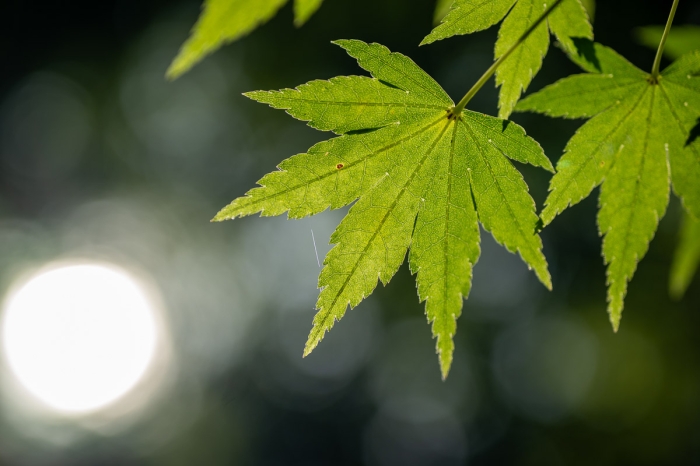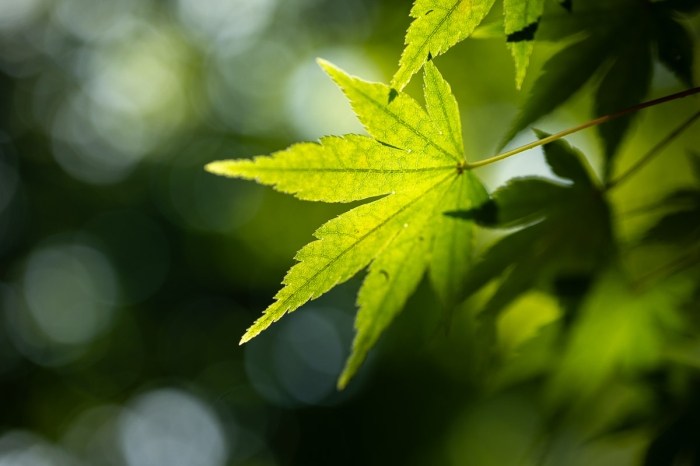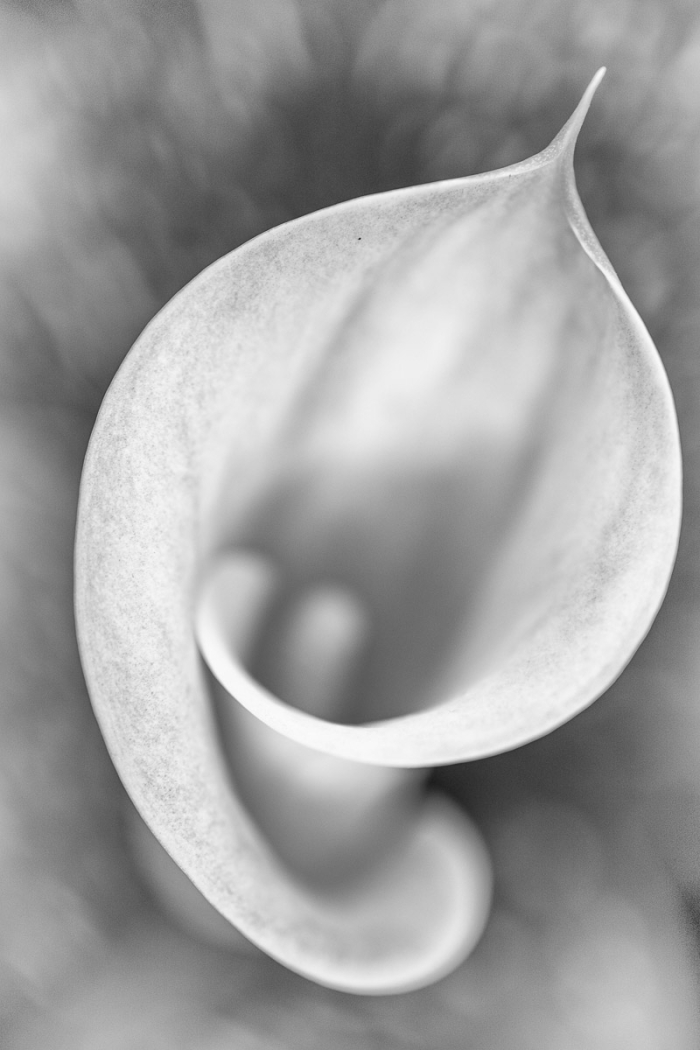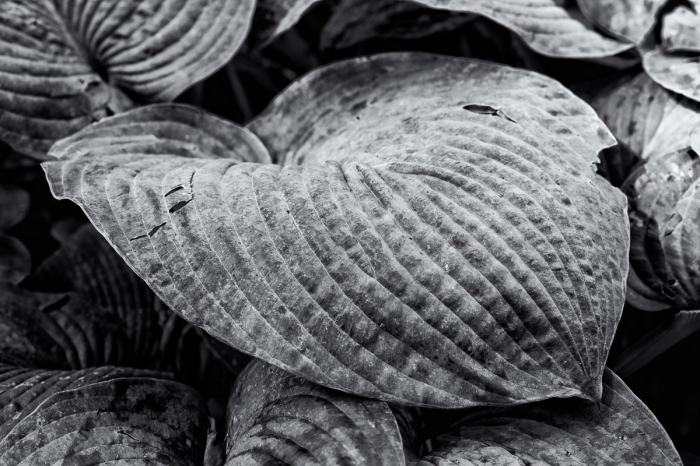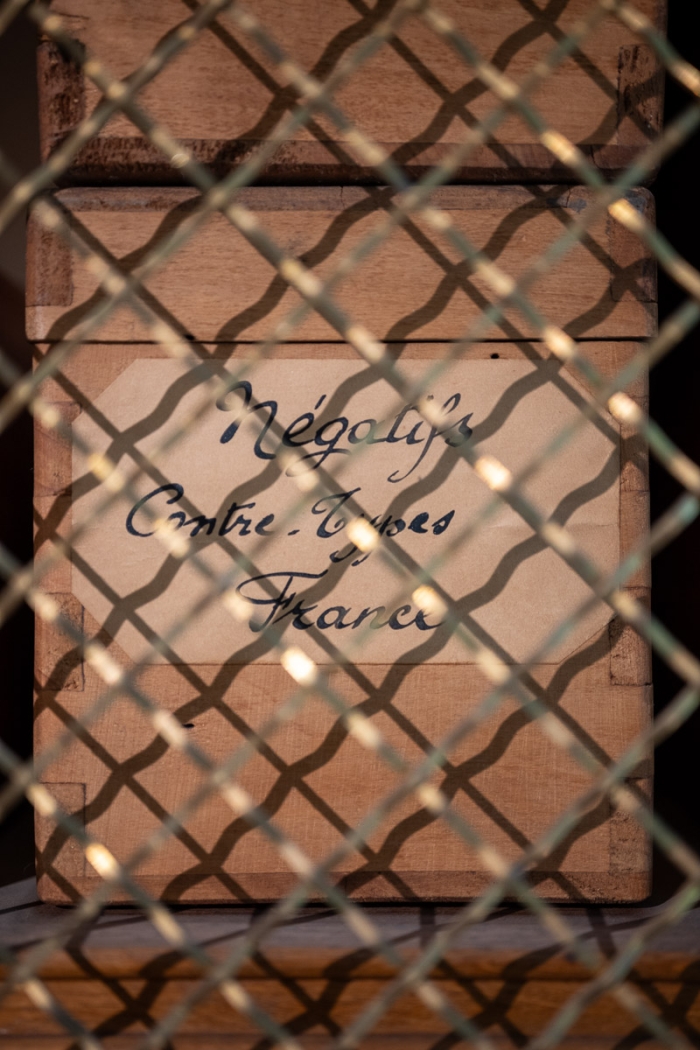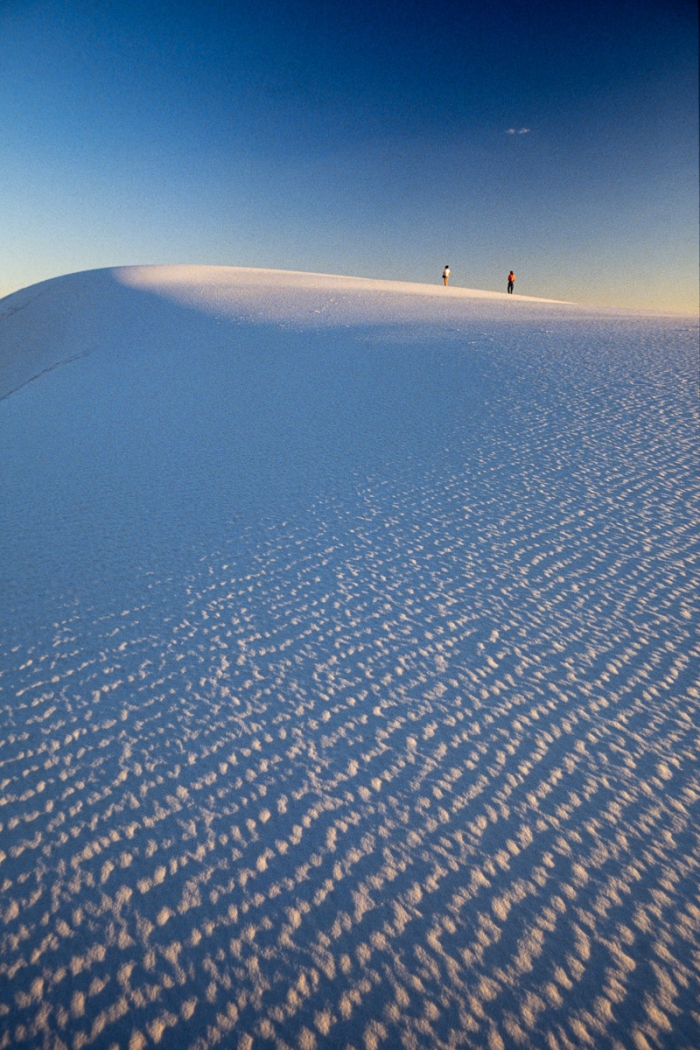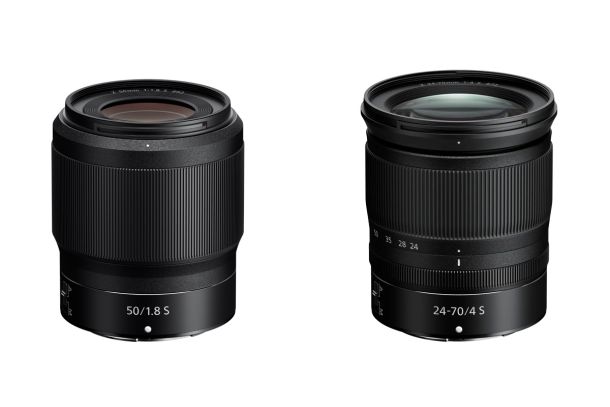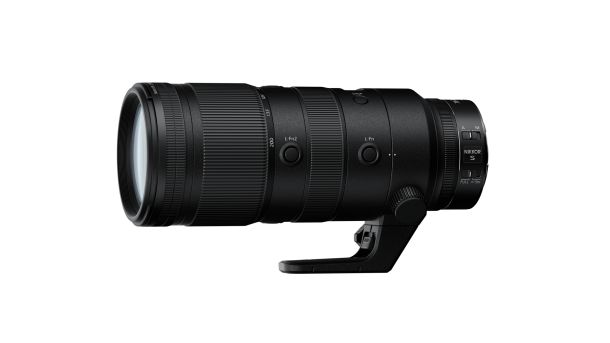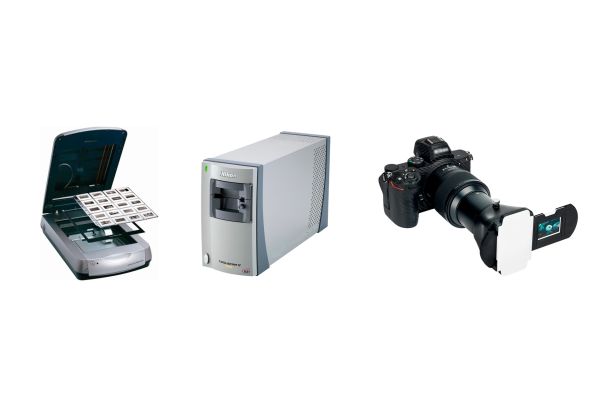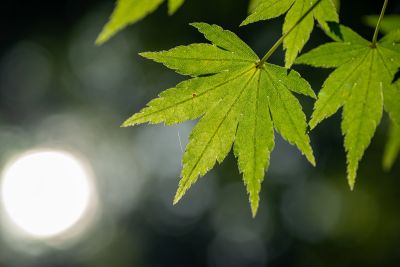
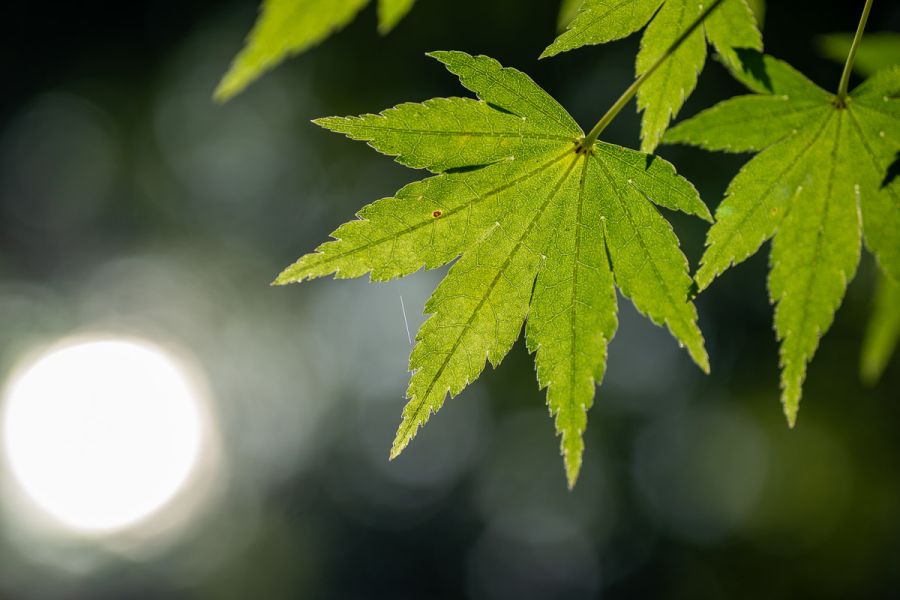
Field Test – Nikon Nikkor Z MC 50mm f/2.8 Macro Lens Review
Nikon Nikkor Z MC 50mm f/2.8 is a compact, lightweight, and versatile macro lens for full-frame Nikon Z mirrorless cameras. Designed for close-up photography, it offers a 1:1 reproduction ratio and a minimum focusing distance of 16 cm. This field test provides a factual evaluation of its optical performance in real-world conditions.
Summary
- Technical specifications
- Japanese maple leaf: bokeh and aperture rendering
- Close-up arum: localized sharpness
- Texture and contrast on hosta leaf
- Everyday objects: archive box
- Rose pistils: precision at very short distance
- Autofocus and macro usage
- Light loss in macro
- Ideal for slide digitization
- Conclusion
Technical specifications
| Mount | Nikon Z mount |
| Format | FX / 24 × 36 mm |
| Focal length | 50 mm |
| Maximum aperture | f/2.8 |
| Minimum aperture | f/22 |
| Optical construction | 10 elements in 7 groups (including 1 ED glass, 1 aspherical element, and a fluorine-coated front element) |
| Angle of view | FX: 47°, DX: 31°30′ |
| Focusing system | Front focus |
| Minimum focus distance | 0.16 m from the focal plane |
| Max reproduction ratio | 1:1 (life-size) |
| Diaphragm blades | 9 (circular aperture) |
| Aperture range | At infinity: f/2.8 to f/22 – At 0.16 m: f/5.6 to f/32 |
| Coating | Fluorine coating |
| Filter size | 46 mm (pitch: 0.75 mm) |
| Dimensions (diameter × length) | Approx. 74.5 mm × 66 mm (from mount) |
| Weight | Approx. 260 g |
| Autofocus | Yes |
| Focusing | Auto and manual |
| Focus limiter switch | Two positions: FULL (∞ to 0.16 m) and 0.3 m to 0.16 m |
Japanese maple leaf: bokeh and aperture rendering
The first two images show a Japanese maple leaf photographed at close range and backlit. The subject is sharp and detailed, with smooth circular highlights in the background created by filtered light through the foliage. These perfectly round discs reveal the high quality of the lens’s 9-blade circular aperture.
This soft and progressive bokeh rendering confirms that the Nikon Nikkor Z MC 50mm f/2.8 excels at handling background blur transitions, even wide open.
Close-up arum: localized sharpness and minimal depth of field
The black-and-white photo of an arum shows the extremely shallow depth of field at f/2.8. Only part of the inner petal is sharp, with the rest of the flower gradually fading into blur. This behavior is typical of macro lenses at wide apertures, but the Nikon Nikkor Z MC 50mm f/2.8 handles it smoothly and naturally.
The transition from sharp to soft areas is fluid, with no fringing or visible aberration, making it an excellent tool for soft-light floral compositions.
Texture and contrast on hosta leaf
In black and white, the photograph of a hosta leaf reveals outstanding textural accuracy. The micro-contrast is excellent, veins are pronounced but not exaggerated, and surface imperfections are clearly visible. The Nikon Nikkor Z MC 50mm f/2.8 excels in delivering detailed close-ups, ideal for botanical or still-life photography.
Everyday objects: archive box behind a grille
The photo of a “Contre-Types France” negative box, seen through a blurry foreground grille, highlights the lens’s ability to separate layers. The front grille is pleasantly out of focus without distraction, while the handwritten label and wood texture remain perfectly legible. The Nikon Nikkor Z MC 50mm f/2.8 allows for visually complex compositions without sacrificing clarity.
Rose pistils: precision at very short distance
The final color image focuses on the pistils of a rose. At extremely close range, the lens delivers surgical sharpness on the flower’s core, with a gentle bokeh on the petals. Color rendering is balanced and accurate, even with a mix of warm and pastel tones.
Autofocus and macro usage
Judging a macro lens solely on autofocus performance can be misleading. Between 30 cm and infinity, most lenses behave adequately. It’s at very close range that challenges arise: the closer the subject, the longer the extension of the optical path, which slows internal movement and decreases AF reliability.
In such conditions, it’s often better to switch to manual focus, especially for shooting insects, flower pistils, or water drops. If the camera isn’t perfectly stabilized—or if the subject shifts slightly (wind, vibration)—AF becomes unreliable regardless of the lens. AF-C with touch zone, for instance, quickly shows its limits: with just millimeters of depth of field, even a small movement ruins sharpness.
Many criticisms of the Nikon Z MC 50mm f/2.8’s AF come from lab-based reviews, which often ignore the realities of real-world macro shooting. In practice, focusing accuracy relies more on your technique (stability, lighting, subject behavior) than on test bench scores.
It’s also worth noting that macro lens choice depends primarily on your working distance. A 50 mm macro requires you to get very close—sometimes too close for skittish insects or delicate objects. If you need more space, opt for a 105 mm to 200 mm lens instead.
Personally, I’ve used the following lenses for macro work: 50 mm f/1.4 Ai, 105 mm f/2.8 Micro-Nikkor Ai, 80–200 mm f/2.8 AF-S with extension tubes or PB-6 bellows, Sigma 105 mm f/2.8 Macro OS, Nikon 85 mm f/2.8 PC-E, and on Z mount, the AstrHori 25 mm f/2.8 2–5×. Each has its strengths and limitations. The Nikon Z MC 50mm holds its own—if you understand its use cases and constraints.
Light loss in macro: a normal optical effect
Of course, a macro lens like the Nikon Nikkor Z MC 50mm f/2.8 is subject to the laws of physics. The closer you focus, the longer the optical path becomes: this is known as extension factor. As this distance increases, less light reaches the sensor—even though the aperture remains physically unchanged.
At 1:1 magnification, for example, the camera may report an effective aperture of f/5.6 even though the lens is set to f/2.8. This is not an actual narrowing of the diaphragm, but rather an automatic exposure correction to compensate for the light loss caused by magnification. This phenomenon is well-known in film photography, where it had to be manually calculated using a meter (e.g., Sekonic L308, Minolta Autometer IIIF). In digital, the camera adjusts the exposure reading automatically.
Bottom line: at short macro distances, the aperture shown on your camera may increase, but this reflects only the transmitted light, not a mechanical aperture change.
Ideal for slide digitization
The Nikon Nikkor Z MC 50mm f/2.8 also proves excellent for digitizing 35mm slides using a film duplicator like the JJC FDA K-1. Its close-focus capability, central sharpness, and lack of distortion make it a reliable choice for this purpose. For more on digitization methods, see the article: How to scan your film photos.
For reference, I initially used a second-hand Nikon Nikkor Z 50mm f/1.8 S with extension tubes to digitize a batch of slides. It’s an excellent lens—sharp and well-corrected—but bulkier and heavier than the MC 50mm. It also overlapped with my Nikon Nikkor Z 35mm f/1.8 S (often used wide open) and my 24–120mm f/4 S (used in mid-range focal lengths). The Nikon Nikkor MC 50mm f/2.8 felt like a better fit for macro and proxy work, especially for film digitization.
Conclusion
The Nikon Nikkor Z MC 50mm f/2.8 is a sharp, lightweight, and well-built lens. It delivers pleasant bokeh, smooth focusing, convincing sharpness within its focal plane, and great versatility: macro, everyday objects, film reproduction… An excellent value for Nikon Z system users.
It can also effectively fill the gap between a 14–30 mm (or a 35 mm) and a 70–200 mm, if you want to lighten your kit by leaving behind a mid-range zoom like a 24–70 mm, 24–120 mm, or 28–75 mm. A smart choice for those who prioritize compactness without sacrificing quality.
About the author: Sebastien Desnoulez is a photographer specializing in architecture, nature, and travel. He regularly tests photographic equipment in real-world conditions, focusing on practical usage and field observations.
Click on the photos below to view them full screen.
All the photos displayed on this website are copyright protected © Sebastien Desnoulez. No use allowed without written authorization.
Legal notice
Tags
I am represented by the gallery
Une image pour rêver
